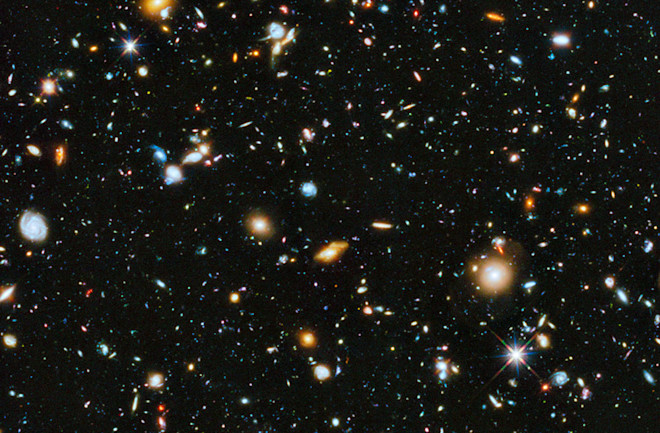For many, science is nothing more than that class you were required to take in school. However, whether you realize it or not, science is all around us, and it impacts every aspect of our lives. And, the stories behind key scientific discoveries, though not commonly known, are truly inspiring.
So, if you want a quick refresher on how the universe works, focus on these four fascinating discoveries and the history behind them:
Energy Is Always Conserved

